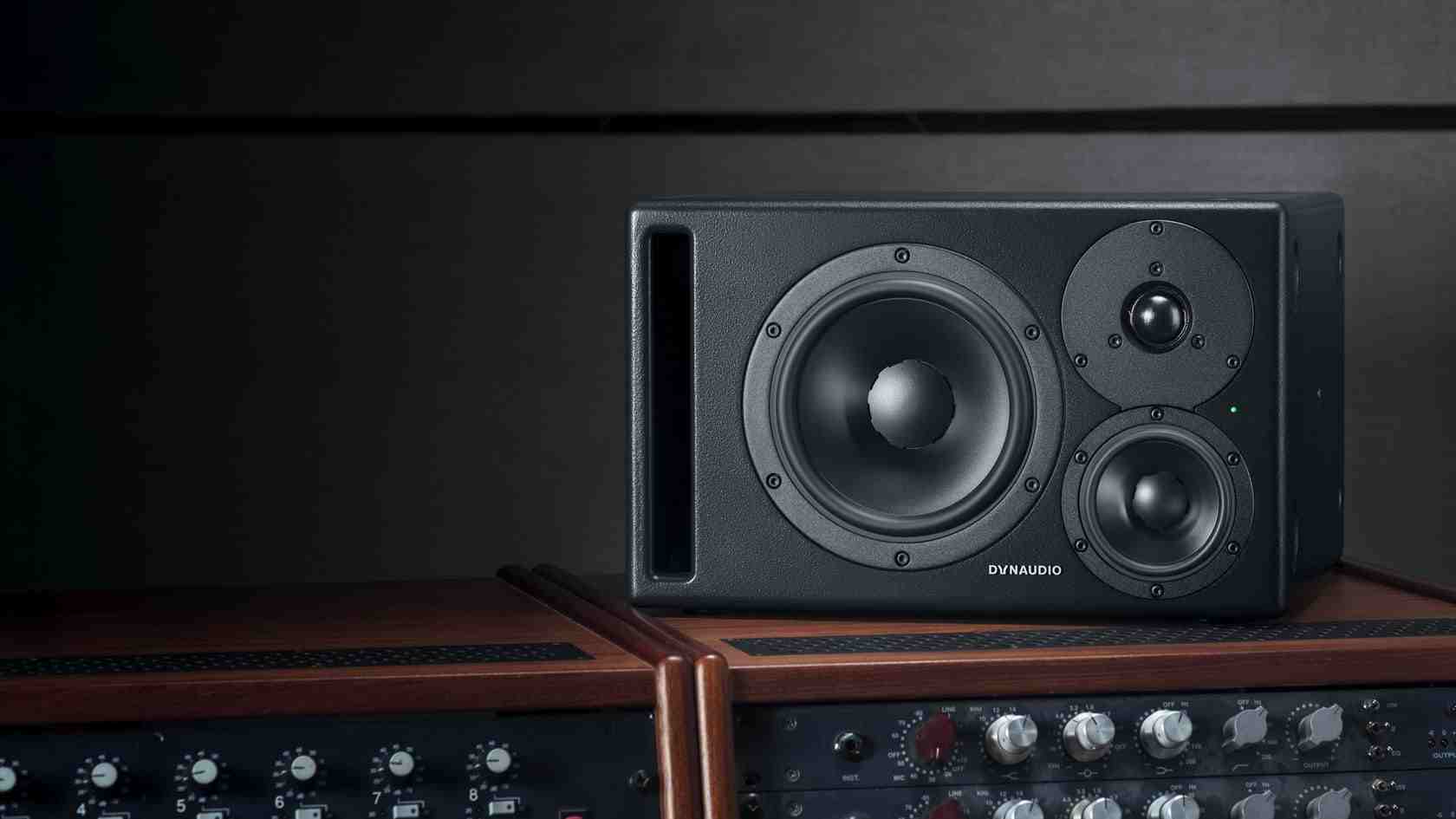2-way vs 3-way speakers – What is the difference?
With the continuous development and improvement of technology, the utmost sound quality that was once unattainable is no longer so far away. Even some relatively cheap speakers can bring some good sound quality experience. Good speakers can make the sound more real, and the details of the music are also richer. However, with the continuous development of technology, three-way speakers appear. Compared with traditional two-way speakers, what are the advantages of three-way speakers? What should consumers pay more attention to when buying speaker products?
The human ear is most sensitive to mid-frequency
First, we must understand the human ear’s ability to perceive sound. The equal-loudness contour must be introduced. The equal-loudness contour refers to the relationship between sound pressure level and frequency under equal-sound conditions and is one of the important hearing characteristics.
The curve of sound pressure level with frequency is called equal-loudness contour, as shown in the following figure. The equal-loudness contour is a statistical curve that takes into account the acoustic characteristics of the crowd.
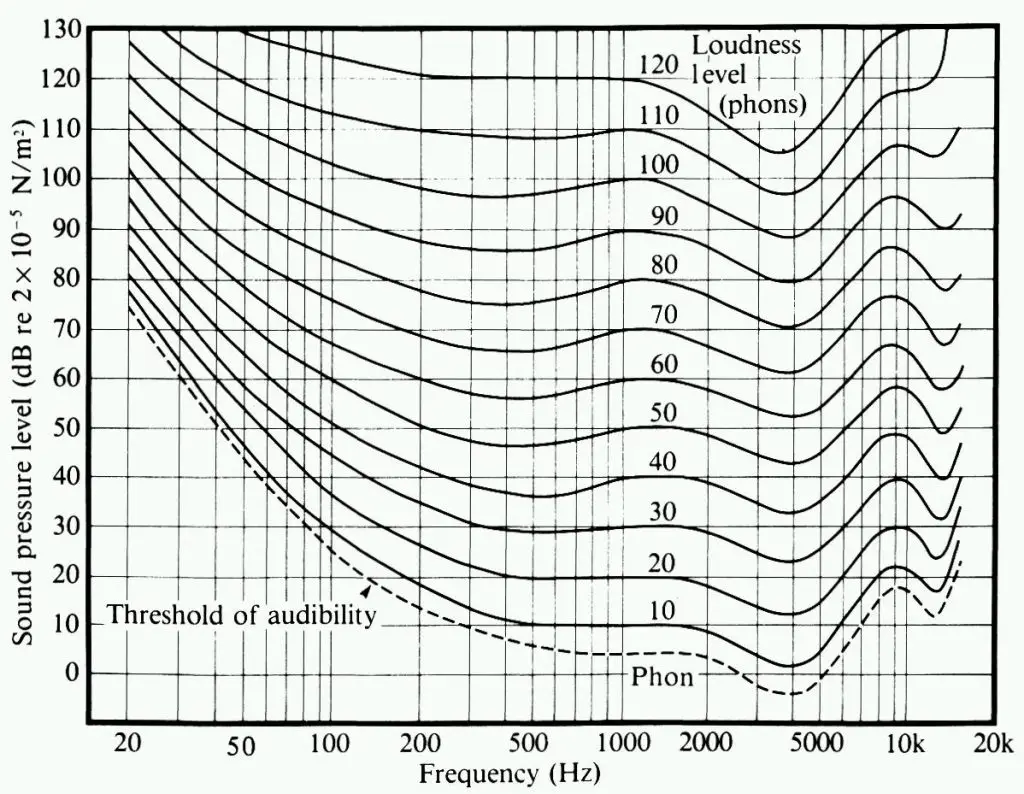
The sound pressure levels corresponding to different frequencies on each curve in the graph are different, but the human ear feels the same. Each curve is marked with a number, which is the loudness unit. The equal-loudness contours can be known. People are most sensitive to sounds between 2000 Hz and 5000 Hz.
Therefore, in theory, when the speaker uses bass and treble driver plus a midrange driver, the frequency band division is more reasonable and detailed, and the sound will be better. However, in the actual design process, the three-way frequency method involves more technical difficulties, and will undoubtedly increase the production cost of the speaker. Therefore, although the concept of three-way speakers has been proposed for many years, and manufacturers have continuously tried to produce. Still, in the professional speaker industry, few can make three-way speakers well.
Difference between two-way speaker and three-way speaker
The 2-way crossover is composed of a high-pass filter and a low-pass filter. 3-way crossover adds a band-pass filter based on a 2-way crossover. The crossover points of adjacent curves are usually called crossover points. There is an overlapping frequency band near the crossover point. In this band, both speakers have output. Theoretically, the greater the attenuation rate of the filter, the better. However, the greater the attenuation rate, the more components, the complicated structure, the adjustment is difficult and the greater the insertion loss.
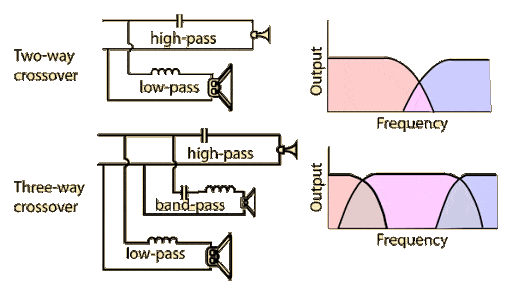
Usually, the speaker sound is still audible in the 1.5-octave band of the crossover. In this way, in a reasonably wide frequency band near the crossover point, two speakers will sound together. If the driver’s response is smooth and the crossover’s attenuation characteristics are also ideal, then this transition process will also be smooth. However, if peaks and valleys appear in the speaker’s response or the crossover’s complementarity is not ideal, this transition will oscillate, seriously affecting the sound.
Similarly, three-way speakers will have two transitions. It is especially important to note that the two transition processes must not be allowed to overlap. Therefore, in the case where the frequency division by two can meet the frequency coverage, do not use the frequency division by three. Generally speaking, if the upper-frequency limit of the woofer reaches 6kHz, there is no need to use the midrange driver.
One more crossover point will result in more distortion, and the cost will increase a lot. The more crossovers, the more difficult it is to select speakers. The gains and losses are obvious.
Pros and Cons about the Two-way speaker
A two-way speaker is characterized by a driver that is responsible for outputting midrange and bass simultaneously. The advantages are low cost and simple crossover: small size, small power amplifier power requirements. The performance of the music is relatively focused. The general bookshelf speakers are two-way speakers.
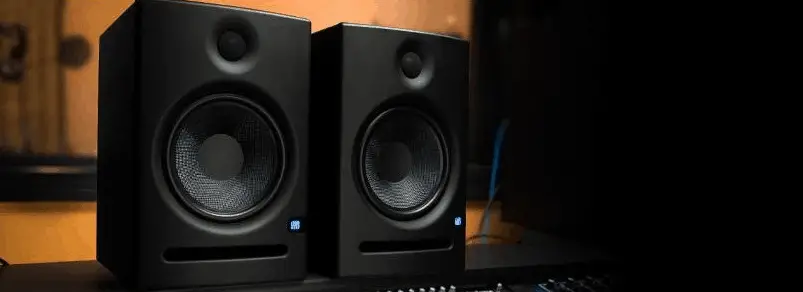
The disadvantage is insufficient detail of the voice. Due to the need to take into account the mid-bass, so the woofer can not be too big. A speaker unit that is too large, because of its large size and low sensitivity, will affect the details of the mid-to-high frequency. On the contrary, although the small-diameter unit’s speaker takes care of the performance of the middle and high frequencies, it affects the performance of the low frequencies.
Pros and Cons about the Three-way speaker
A three-way speaker usually refers to a speaker consisting of three different drivers: bass, midrange, and treble. Often the woofer is responsible for the bass part. The midrange driver is responsible for the midrange or mid-high frequency, and the tweeter is purely responsible for the treble and super-treble parts.
The first is broader frequency response, exceptionally low-frequency extension. Good three-way speakers usually use a woofer that is more than 8 inches. If the design is reasonable, the low-frequency extension is lower, the clarity is better, the sense of quantity is more vibrant, the distortion is smaller, and the dynamic restoration is better.
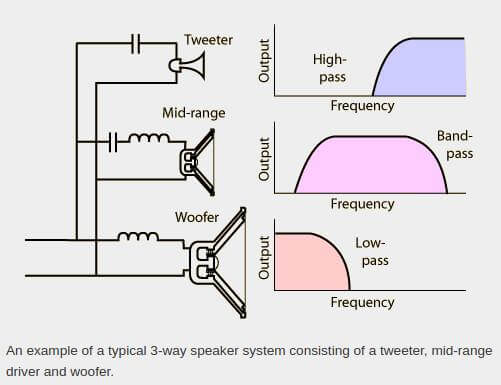
Second, three-way speakers have lower distortion. A properly designed three-way speaker usually uses a small-diameter pure midrange driver and a large-diameter woofer. Each driver has its duties and works in the frequency area that it is good at. With the lowest distortion, more details can be restored. And a sufficient amount of information is just the necessary quality for advanced speakers.
Third, three-way speakers have better information and more significant dynamics and adapt to more types of music. Although some small bookshelf speakers claim to be able to replay Mahler’s symphony, really want to play a higher level of symphony, the bass driver of the three-way speaker is at least 10 inches. Not only can it provide low distortion at high sound pressure when the symphony orchestra plays in concert, but it can also provide a more realistic description of bass drums, big pipes, doubles, organs, etc.
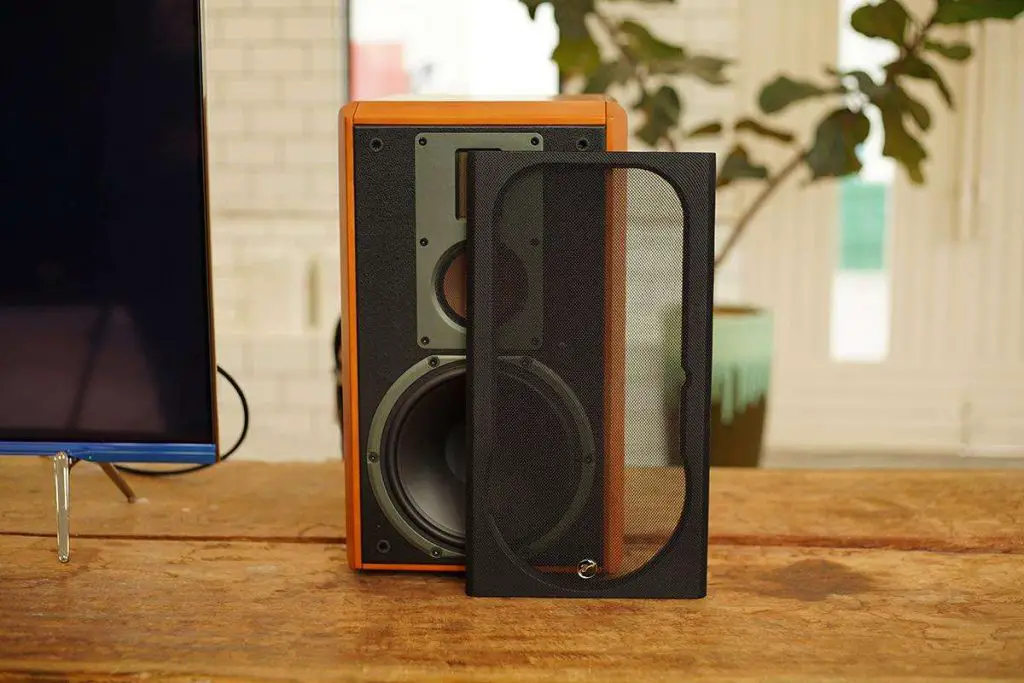
However, it is not easy to design a three-way speaker. It first involves the phase problem. If the phase design is not right, the three-way speaker often makes people feel that the sound is not transparent, and the clarity is not good enough. Low frequencies can also be mixed, not as good as two-way speakers.
Conclusion
Theoretically, the two-way frequency divider is simple in structure, smaller in size, and lower than the three-way frequency speaker. But the disadvantage is insufficient sound detail. The high-mid-frequency and low-frequency transition of the three-way speaker is more compliant, but the crossover requirements are more demanding. The higher the quality and technical requirements of the crossover, the higher the cost will naturally be.
